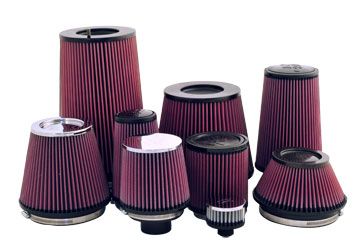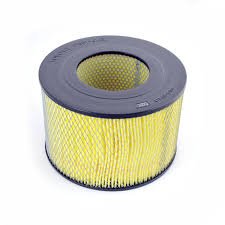
Explorer I
- 4,285
- First Name
- Michael
- Last Name
- Denniston
- Member #
-
3030
- Ham/GMRS Callsign
- KJ7LYZ
I did a recent trip with a buddy. We dis about 100 miles on a very dusty forest road system. I spent most of the time following.
My air filter was packed with dust so I beat it out to get home then bought a new Wix filter for 40 bucks. This could get really expensive.
I know there are tons of reusable filters. And a lot of pros and cons for each one.
What are you using?
My air filter was packed with dust so I beat it out to get home then bought a new Wix filter for 40 bucks. This could get really expensive.
I know there are tons of reusable filters. And a lot of pros and cons for each one.
What are you using?







